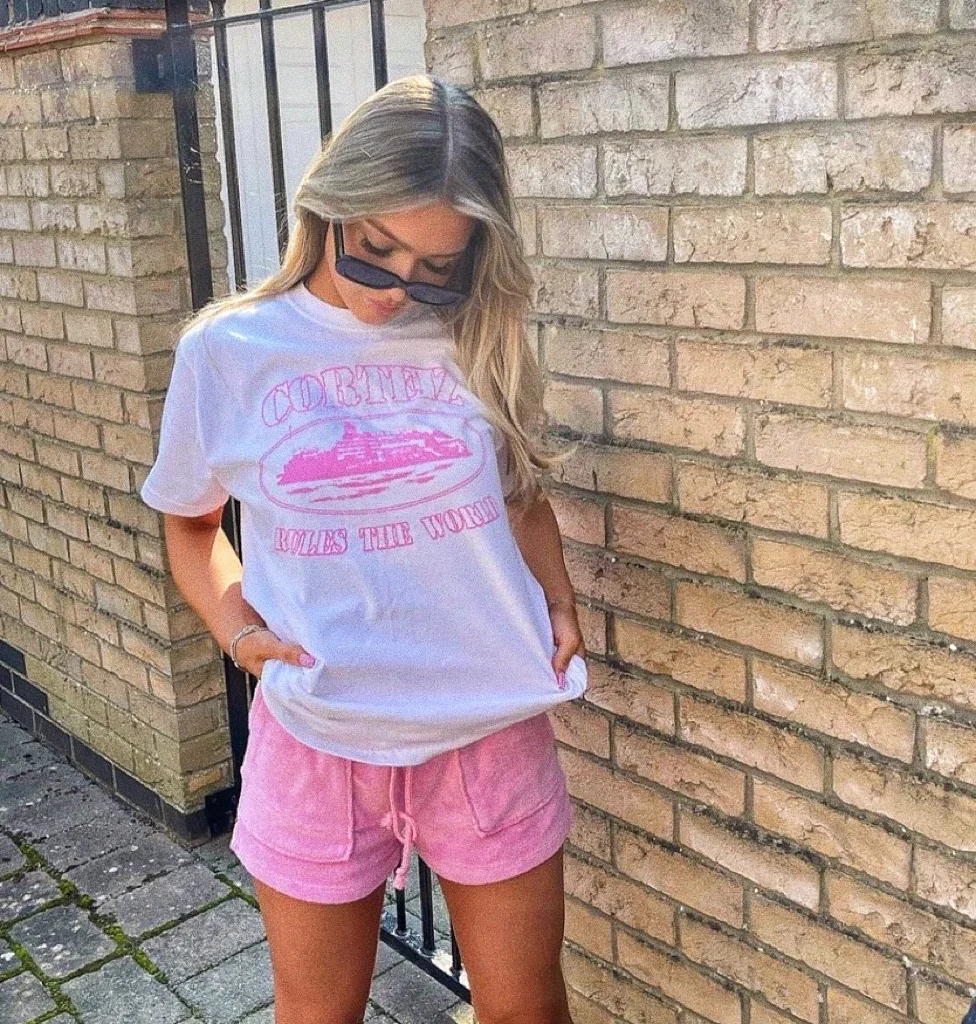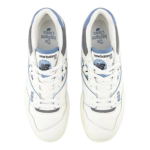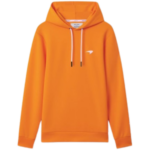A luxury T-shirt is distinguished by its superior quality, craftsmanship, and attention to detail. Unlike mass-produced tees, luxury T-shirts are typically made from high-end materials such as Supima cotton, organic Pima cotton, or silk blends, which offer unparalleled softness, durability, and comfort. The fabric is often finely woven, resulting in a smooth, lightweight feel that drapes well on the body. Moreover, luxury T-shirts are meticulously crafted, with precise stitching, reinforced seams, and often feature subtle yet refined design elements, such as minimalist branding or custom prints. The overall construction and finishing of a luxury T-shirt reflect a level of care and expertise that justifies its premium price tag.
What Is the Content of a T-Shirt?
The content of a T-shirt refers to the materials and fabric composition used in its construction. Common materials include:
- Cotton: The most widely used fabric for T-shirts, offering comfort, breathability, and durability. Variants include organic cotton and Supima cotton.
- Polyester: Often blended with cotton to improve durability, wrinkle resistance, and moisture-wicking properties.
- Linen: A breathable, lightweight fabric ideal for summer T-shirts.
- Bamboo: An eco-friendly option that is soft, breathable, and hypoallergenic.
- Blends: Many T-shirts are made from a blend of cotton and synthetic fibers, such as cotton-polyester, to combine the benefits of both materials.
The choice of fabric plays a crucial role in the T-shirt’s comfort, longevity, and overall feel.
What Are the Parts of the T-Shirt Called?
A T-shirt, though seemingly simple, comprises several parts, each with a specific function:
- Collar: The neckline of the T-shirt, which can vary in style, including crew neck, V-neck, and scoop neck.
- Hem: The bottom edge of the T-shirt, usually folded and sewn to prevent fraying.
- Button Stand (Placket): A strip of fabric where buttons are attached, typically found in polo shirts and henleys.
- Shirt Front: The front panel of the T-shirt, often where graphics, logos, or prints are displayed.
- Shirt Back: The back panel of the T-shirt, which can be plain or feature additional designs or text.
- Yoke: A section across the shoulders, more common in dress shirts, which provides structure and helps distribute the weight of the shirt.
- Cuff: The end of the sleeves, particularly in long-sleeved T-shirts, which can be hemmed or have a ribbed band.
- Placket: A vertical opening at the neck or sleeve of a shirt, often reinforced with buttons or snaps.
How Many Parts Does a Shirt Have?
A typical shirt is made up of several key components:
- Collar
- Hem
- Button Stand (Placket)
- Shirt Front
- Shirt Back
- Yoke
- Cuff
- Sleeves
- Side Seams
- Label
These parts work together to form the overall structure and design of the shirt, with each contributing to its fit, function, and style.
What Is the Main Label of a Shirt?
The main label of a shirt is a small tag typically found inside the collar or along the side seam. This label provides important information about the shirt, including the brand name, size, country of origin, and fabric composition. In luxury or designer shirts, the main label also serves as a mark of authenticity and quality, often featuring the brand’s logo or emblem. Some shirts may also include care instructions on this label to ensure the garment is maintained properly.
What Type of T-Shirt Is Most Popular?
The most popular type of T-shirt is the crew neck T-shirt, known for its classic round neckline. This style is versatile, flattering on most body types, and can be worn in a variety of settings, from casual outings to under layers in more formal attire. In addition to the crew neck, the V-neck T-shirt is also highly popular, offering a more relaxed fit and a slight variation in neckline style that adds visual interest. These styles are often favored for their simplicity, comfort, and ease of styling, making them staples in wardrobes around the world.




